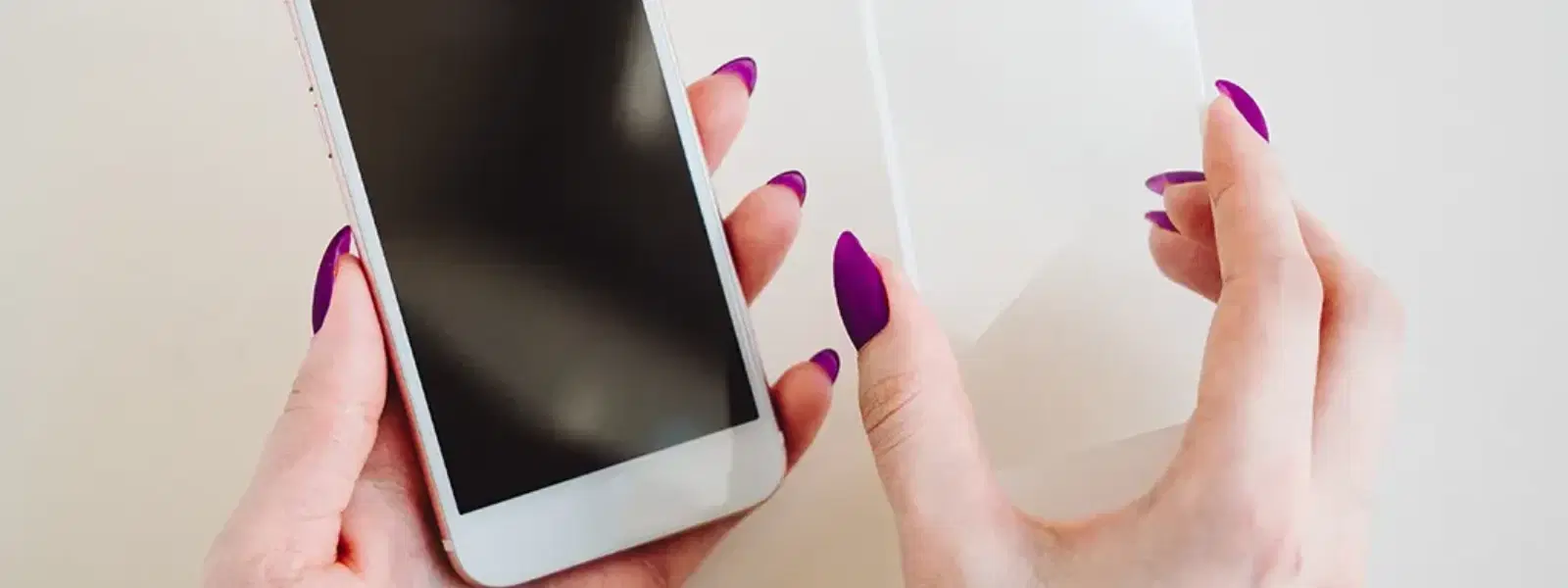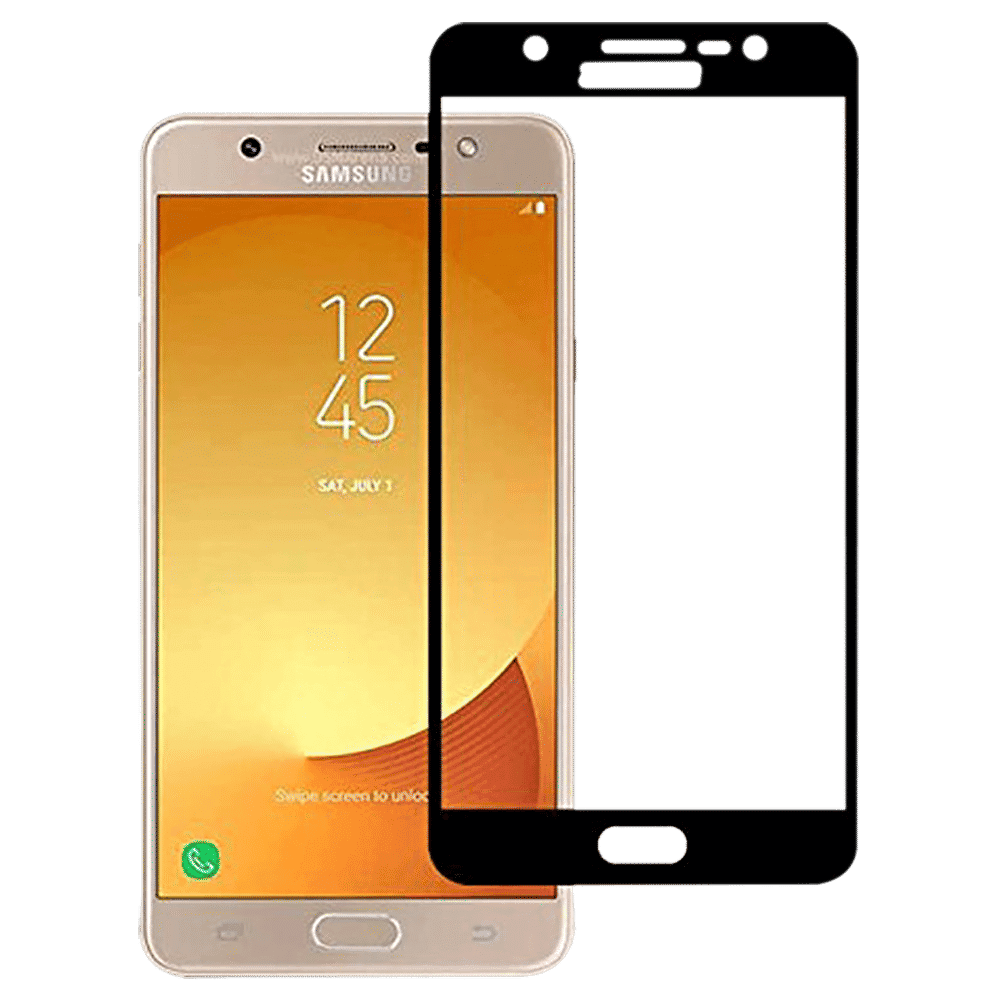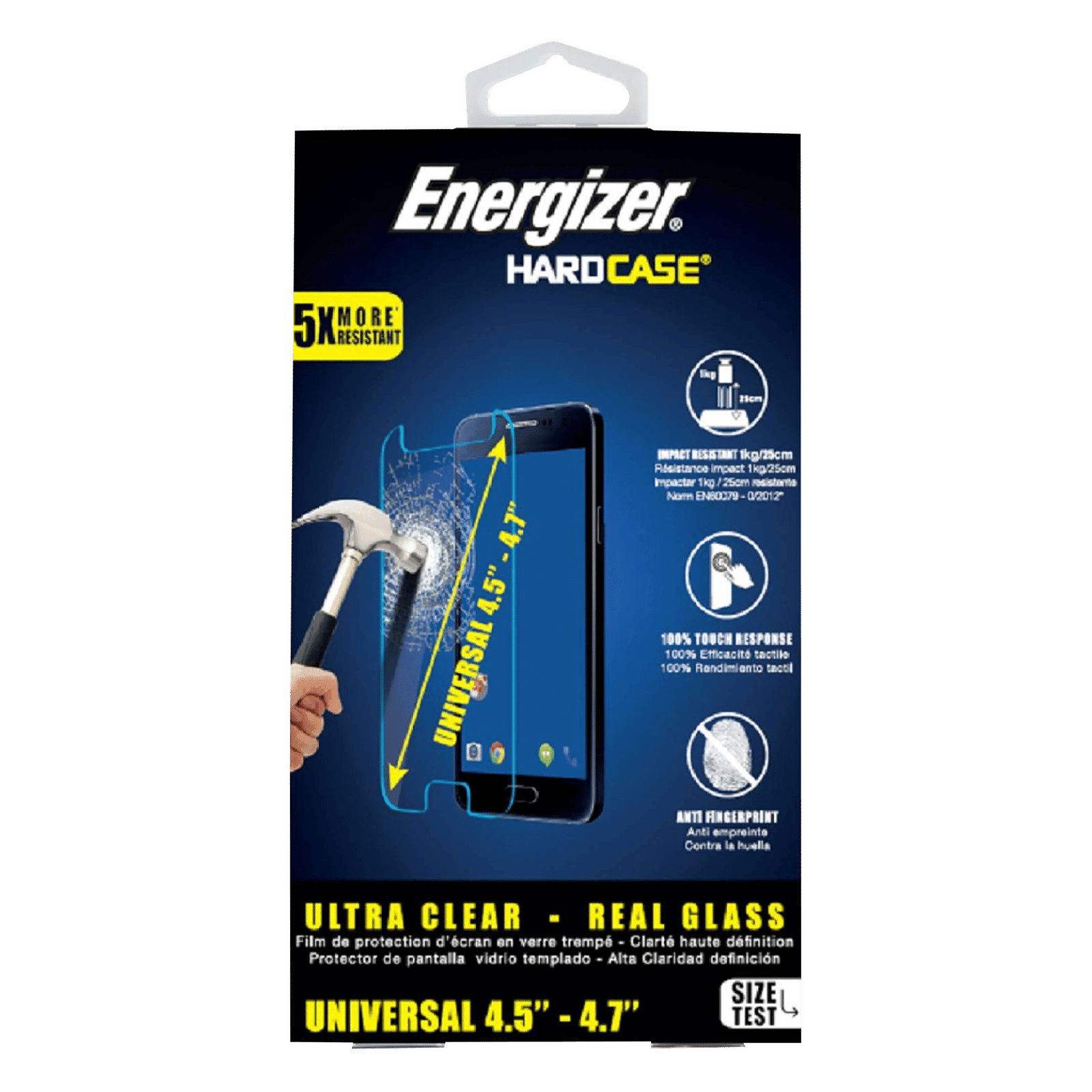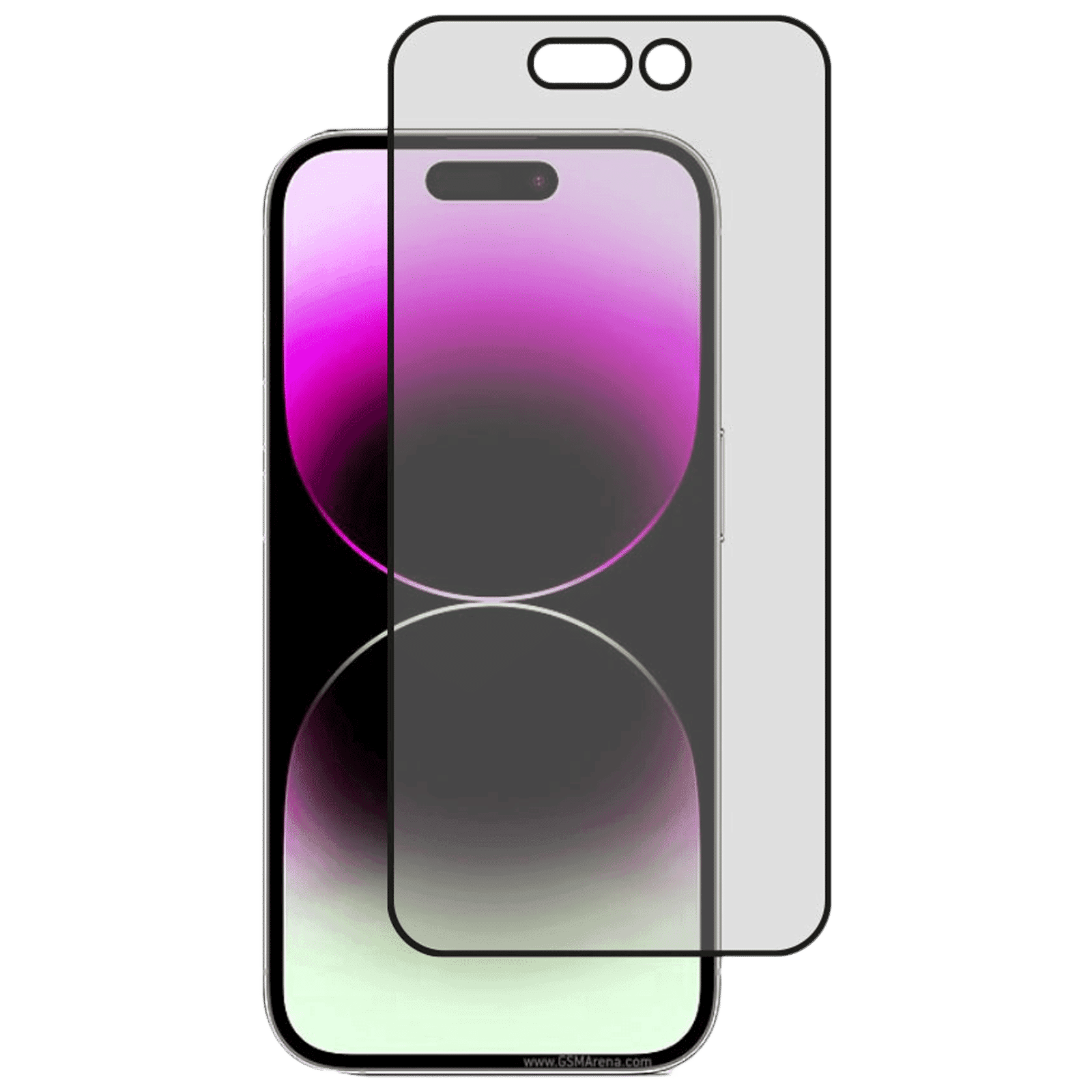
Consumer Electronics
•03 min read

Buy stuffcool Mighty 2.5D Tempered Glass Screen Protector for Samsung Galaxy J7 Max (Fingerprint Resistant) online at best prices from Croma. Check product details, reviews & more. Shop now!
Imagine dropping your phone and watching in horror as the screen shatters—an expensive mistake that could have been avoided with the right screen protector. This article dives deep into everything you need to know about tempered screen protectors. You will learn about their benefits, types, key features and get expert insights to help you choose the best protective phone screen cover for your device.
A tempered screen protector is a specialised form of phone screen protector that is made through a process of heat treatment. This process hardens the glass and makes it much more durable compared to regular screen guards. Unique features include heat-treated durability and the ability to resist shattering on impact.
Using a tempered screen protector gives you enhanced scratch resistance and a shatterproof screen protector experience. With its ultra-thin tempered glass design, you can enjoy seamless usability without compromising on protection. It also functions as an anti-scratch screen protector and is truly a durable screen protector that keeps your device safe from everyday hazards.
There are different grades of tempered glass available. Standard versions offer basic protection, while premium options come with a 9H hardness rating and an oleophobic coating for improved fingerprint resistance. A high-definition screen protector ensures clarity, along with a scratch-resistant glass protector that maintains the original display quality.
Some tempered glass screen guards are designed with privacy in mind, ensuring that your information remains secure from prying eyes. Ultra-thin tempered glass options suit those who desire protection without added bulk, and protective phone screen covers can be tailored to the design of specific smartphones.

Buy Energizer Universal Tempered Glass (9H Hardness) online at best prices from Croma. Check product details, reviews & more. Shop now!
The debate between 9D and 11D tempered glass focuses on edge-to-edge protection versus finish. While both offer a high level of protection, 11D generally provides improved coverage for those who prioritise maximum security for their tempered glass for smartphones.
Tempered screen protectors are often viewed as superior to plastic options due to their enhanced durability and effective shatterproof properties.
One potential drawback is that tempered glass is generally more expensive than plastic screen guards. Additionally, its slightly thicker design might occasionally affect touch sensitivity for some users.
A screen guard made of plastic offers only basic protection. In contrast, tempered glass undergoes a heat-treatment process, making it a more resilient and durable screen protector with excellent scratch resistance.
When selecting your screen protector, consider compatibility with your smartphone model. Look for features like ultra-thin tempered glass and a high-definition screen protector to ensure clarity. Additional aspects such as anti-scratch coatings and shatterproof technology can make a significant difference in everyday use. Remember, a tempered glass screen guard provides a robust layer of protection that is both functional and stylish.

Buy scratchgard primo Tempered Glass for Apple iPhone 14 Pro Max (Precision Touch Sensitivity) online at best prices from Croma. Check product details, reviews & more. Shop now!
Installing a tempered screen protector can be straightforward if you follow these steps: Clean your device screen thoroughly, align the protector carefully, and apply it slowly to prevent air bubbles. Ensuring a bubble-free application guarantees maximum protection for your device.
Expert Tip: Why 9H Hardness Matters
Did you know? The 9H rating on tempered glass indicates its ability to withstand scratches from materials as hard as a pencil lead. This makes it an excellent choice for protecting your smartphone screen from everyday wear and tear.
Yes, tempered screen protectors offer improved durability, scratch resistance, and shatterproof protection compared to plastic screen guards.
The main disadvantage is that tempered glass can be more expensive and slightly thicker than plastic options, which may affect touch sensitivity in some cases.
11D tempered glass typically offers enhanced edge-to-edge protection and a smoother finish, making it a preferred choice for premium smartphones.
Screen guards are mainly plastic and provide basic protection, whereas tempered glass is heat-treated for better durability and resistance against impacts and scratches.
Tempered screen protectors are a crucial accessory for anyone looking to safeguard their smartphone from scratches, shattering, and everyday wear. By understanding the different types, benefits, and installation techniques, you can make an informed decision that meets your needs. Remember, when shopping on platforms like Tata Neu, you also earn NeuCoins rewards with each purchase, adding extra value to your smart shopping journey. Explore a range of quality products designed to protect your devices while offering convenience and a seamless shopping experience.